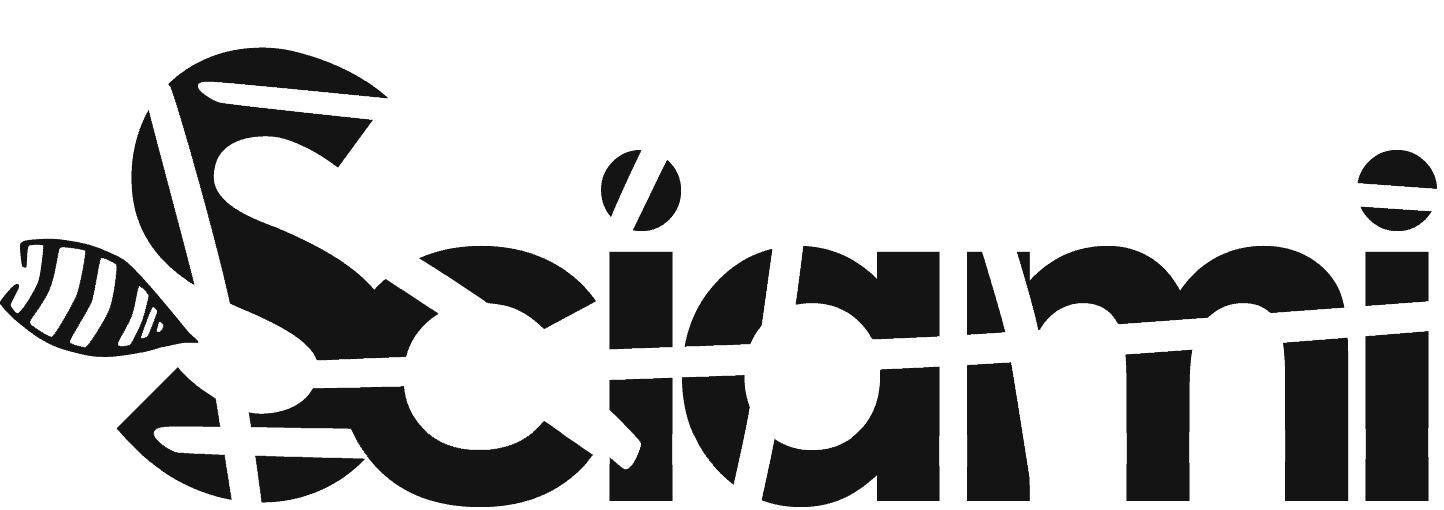In Italy, the progressive digital accessibility of sub-standard films, videotapes and related paper materials (work notes, project layouts, letters, etc.), as well as the study of the archives in which they were preserved, make it possible today to reconstruct the emergence (between the Sixties and the early Seventies), of the artistic practice of analog video. At the same time, this permits to highlight how this emergence interests both the contexts of artist’s and independent cinema and the areas of Arte Povera, Conceptual Art and Pop Art. On this basis and reflecting critically, it is possible to see that the medial emergence of "video" - as, albeit otherwise, photography and cinema had already done - has challenged the relationship between art and technology as much as the relationship between the theoretical frameworks and the operational modalities from which historically connoted definitions, taxonomies and lexicographies derive. In this perspective, the objective set here concerns the description and a first focus of the emergence of "video art" in Italy starting from what, perhaps too simplified, can be defined as a "prevideo" phase. A short period in which the chronology of events becomes important, certainly not to define primacies, but to highlight - among the practices - the works, the theoretical-critical discourses, the exhibition projects, their connections, their intercommunication or their flow. We will try, therefore, to reconstruct the debut of "video art" in a historiographical key, tracing its genealogy through the documentary apparatus of the main exhibition projects, artistic practices and videotape works. At the state of the archive research, the documentary traces reveal a peculiar connection between "performativity" and "videotape". This is the common thread that runs through the period under consideration. Already active in certain artist's cinema, the performative dimension intensifies and strengthens through the video device according to the closed-circuit mode, through which the first experimentation of the videotape in Italy is attested between 1969 and 1971. These are researches - whose manifestation is, precisely, performative and whose matrix is conceptual - which question, transforming them, the very ideas of work and exhibition. Not only. In the historical and socio-cultural contingency of 1968, the profound transformations produced by the practices of art (conceptual, pop, poor, kinetic and programmed, performative) impact the device of the exhibition, the places dedicated to exhibitions and, in particular, the galleries that become a mental space, a field open to the planning of artists. The "conceptual" character of their performative actions and of the "real time" in which they occur, show themselves and disappear; their documentation (photographic, cinematographic and videographic), therefore, takes on a peculiar function because it occurs instantaneously and simultaneously with artistic events / acts. The documentation overlaps and, together, becomes an expansive dimension of the artistic act rather than a supplementary dimension. On this basis, a first critical re-examination of how, on a double practical-theoretical track, with different methods and tools, both Luciano Giaccari (with Studio 970/2) and Gerry Schum (VideoGalleria) have operate. In particular, it is a question of highlighting how the work and its presence in Italy are interconnected with the beginning of video practices in the artistic field. Finally, it will be highlighted how, during that period, starting from performing experiences captured and recorded on reduced sub-standard film (8mm, 16mm, Super 8) which already present a strong curatorial planning, developed in exhibition contexts such as museums, galleries or alternative spaces, particular attention has been activated towards videotape (with all the technical specificities and the limits of the technologies of the time) as a mean of expression and documentation. Significantly, those same curatorial projects foresaw that the then-avant-garde technologies could be made available to artists in various ways (mainly Philips technologies). Here, as generative events of Italian video art, will be taken in consideration: the 3a Biennale internazionale della giovane pittura. Gennaio 70: comportamenti, progetti, mediazioni (curated by Renato Barilli, Maurizio Calvesi, Tommaso Trini, Andrea Emiliani at the Bologna Civic Museum in 1970); the 35a Esposizione Biennale Internazionale d'Arte del 1970; Eurodomus 3/ Il Telemuseo (curated by da Tommaso Trini in Milano in 1970); Improvvisazioni su Videonatro VPL 6 IC, videoregistratore LDL 1000, telecamera mini-compact (coordinated by Francesco Carlo Crispolti at the Obelisco Gallery in Rome in 1971); Circuito -----> Chiuso – Aperto (Curated by Francesco Carlo Crispolti in Acireale in 1971); Schifanoia-tv: “mezzo” aperto/opera chiusa (realized in Ferrara in 1972 by the collective Gruppo OB based in Milano).
This article is available in ITA
